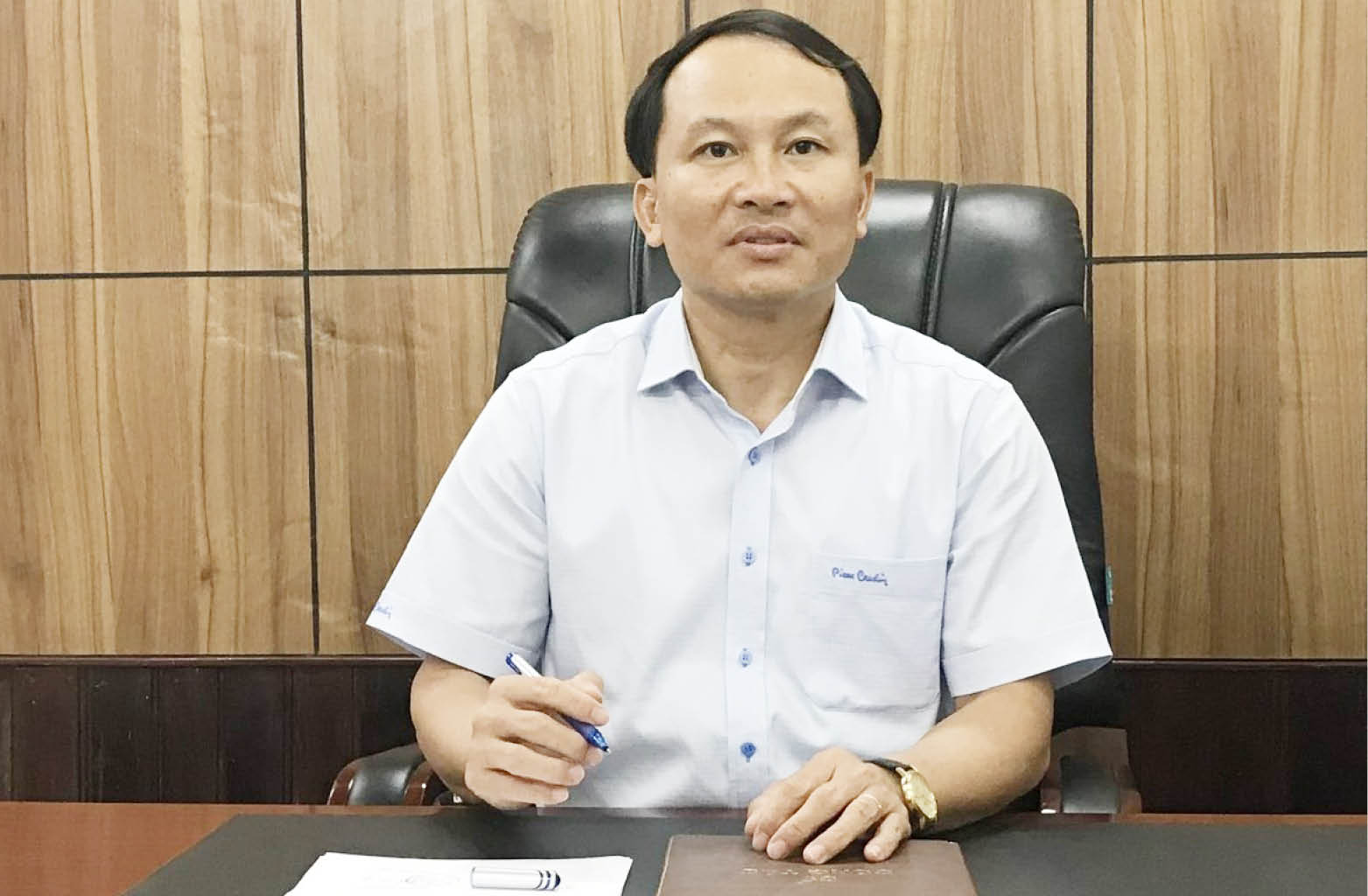 |
| Mr. Nguyen Dinh Duc, Director of Department of Agriculture and Environment |
Talking to Hue Today Newspaper, Director of the Department of Agriculture and Environment Nguyen Dinh Duc shared his expectations for a strategy to build Hue into a model of sustainable agricultural development. He said:
In the period of 2021 - 2025, the average growth rate of Hue City's agricultural sector reached 2.94%/year, accounting for 9.5% of GRDP, a fairly high growth rate, contributing positively to the overall growth of the whole city. The export value of agricultural, forestry and fishery products is estimated at more than 265 million USD. Cultivation indicators show positive changes. The annual rice area reaches 53,500 hectares, the yield is estimated at 61 quintals/ha, an increase of 2.1%. The vegetable growing area is estimated at 4,500 hectares, pepper 210 hectares, rubber trees 5,637 hectares, about 6,000 hectares of forest are newly planted each year; fruit tree area is 3,500 hectares, an increase of 11% compared to 2020...
During the past term, the agricultural sector faced many difficulties and challenges, but still exceeded the set plan. Could you share your experience in management?
The agricultural sector continues to play a supporting role in the difficult context of the economy and is restructured towards commodity production. To achieve this result, in the management work, the agricultural production structure continues to be adjusted appropriately and effectively; promoting the development of high-tech agriculture, organic agriculture, effectively implementing the restructuring orientation of the agricultural sector to improve quality and added value.
How do you evaluate the advantages of developing a green, linked, multi-value agricultural economy in the direction of urban agriculture?
Hue has linked agricultural and rural development with tourism development; built suburban agricultural models associated with experiential tourism. Promoted planning of high-tech agricultural areas and zones; built brands of local specialties to increase product value. The One Commune One Product (OCOP) program has achieved positive results. Linking in production has achieved high efficiency, many new rice varieties with high yield and quality have been successfully put into production such as HG12, HG244, JO2, VNR20, TBR97, etc.
Agricultural product trade promotion has been innovated. Focusing on selecting Hue's specialty products to approach some supermarket systems in major cities and successfully connecting. By 2025, Hue will have 114 products recognized as meeting OCOP standards; of which, 19 products will have 4 stars, 94 products will have 3 stars, and 6 rural tourism products will have 3 stars. Notably, for the first time, Hue will have a product recognized as meeting the national 5-star OCOP standard.
As a cultural heritage city, Hue has the potential to combine agriculture with tourism, such as visiting clean vegetable gardens and experiencing farming in rural villages. This not only increases farmers' income but also promotes local agricultural products. With its location bordering Da Nang, Quang Nam, Quang Tri, Laos and the East Sea, Hue has advantages in transportation and logistics. Infrastructure projects such as the bridge over Thuan An estuary, Chan May port, etc. will contribute to supporting the transportation of agricultural products and expanding export markets.
In fact, innovation and development of production organization forms have not met the requirements; the quantity and quality of production linkage models are still limited and unsustainable. Could you elaborate on the solutions for sustainable agricultural development?
Hue City, a centrally-run city, has received greater attention from the Government in technology investment, promoting digital transformation and responding to climate change, creating momentum for sustainable agricultural development. Accordingly, the sector will focus on directing breakthroughs in areas with potential, advantages, and room for development such as aquaculture, forestry, medicinal herbs, diversifying production methods, etc. to maintain a growth rate of 3-4% in the 2025-2030 period, reducing dependence on rice for the sector's growth. At the same time, promoting cooperation, linkage, developing value chains, advanced agricultural models; reorganizing important stages in agricultural production to improve efficiency, ensuring sustainable development.
However, urban agricultural development is facing many challenges?
The expansion of urban areas, industrial zones and tourism projects in Hue has reduced agricultural land. Many farmers have switched to other occupations, leading to a shortage of agricultural labor. Despite progress, many farmers still face difficulties in accessing high technology, quality plant varieties and investment capital. Hue agricultural products must compete with products from neighboring provinces and imported goods. Building a brand and ensuring quality that meets export standards is a major challenge. The biggest challenge remains how to ensure harmony between agricultural development and environmental protection.
So, what is the strategy to build Hue into a model of sustainable agricultural development in the new period?
Sustainable agriculture cannot be separated from technology and innovation in production models. In recent years, Hue has experimented with many modern farming models, such as IPHM rice, produced according to VietGAP and GlobalGAP standards. In the aquaculture sector, technologies such as BioFloc, BMP, and CoC help control the farming environment, limit diseases, and improve product quality. However, the challenge lies in people's access to these models. Not everyone has the conditions to invest in high technology, while the output of clean products is still unstable due to the lack of close links between farmers, businesses, and consumer markets.
In the period of 2025 - 2030, the industry will strongly promote its strengths in green agriculture and natural resources to develop and contribute to the city's growth target. Sustainable agricultural development cannot rely solely on short-term policies, but requires a long-term strategy, including management reform, high-tech application and investment attraction in the agricultural sector. To achieve sustainable development goals, Hue needs flexible policies, making the most of resources while ensuring a balance between economic development and environmental protection. If this can be done, Hue will not only maintain its position as a green city but also become a model of sustainable agriculture in the country.
Thank you for this conversation!
Source: https://huengaynay.vn/chinh-tri-xa-hoi/xay-dung-dang/xay-dung-hue-thanh-hinh-mau-phat-trien-nong-nghiep-ben-vung-154537.html


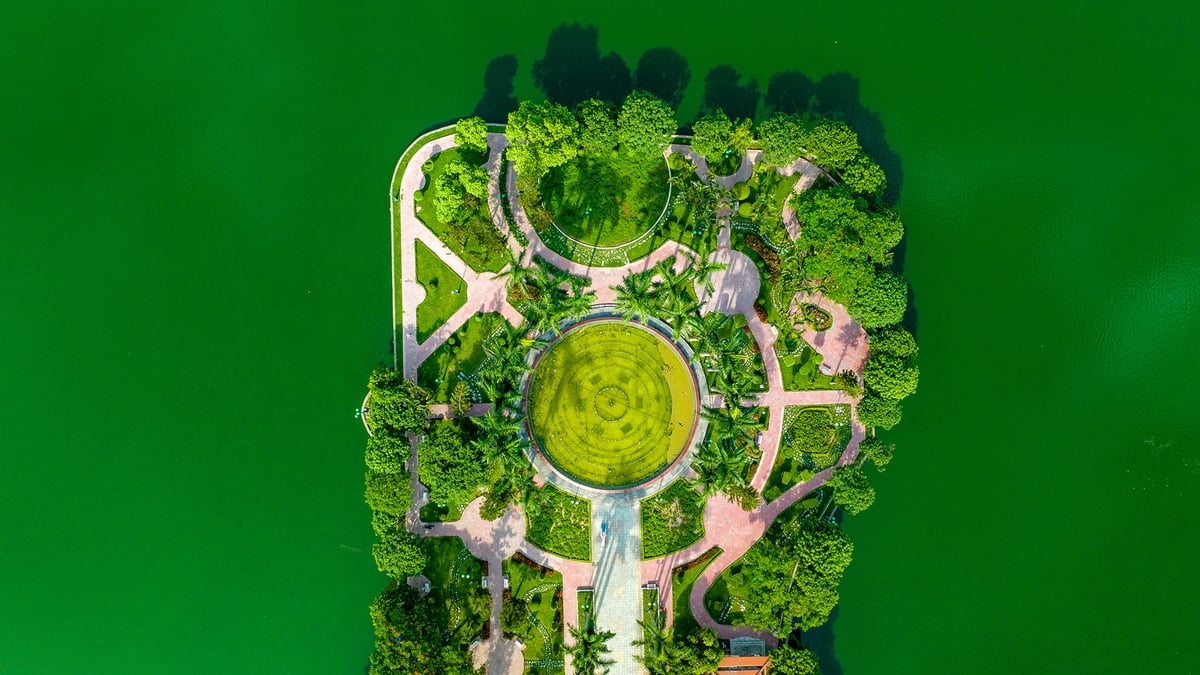
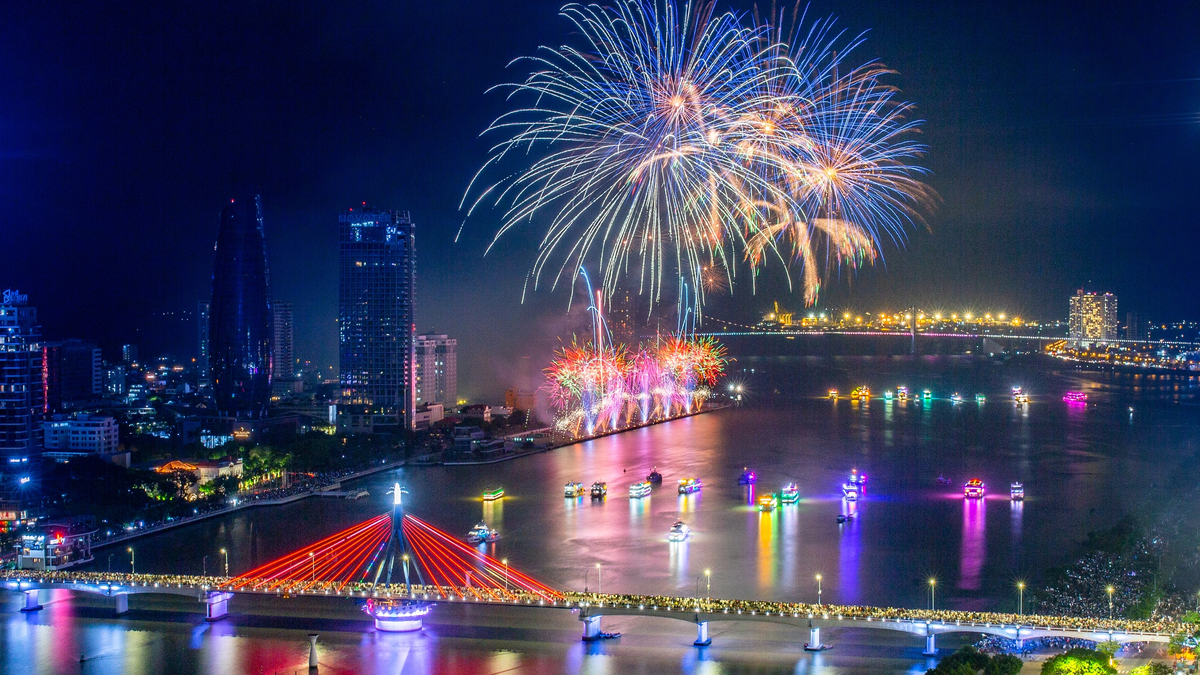


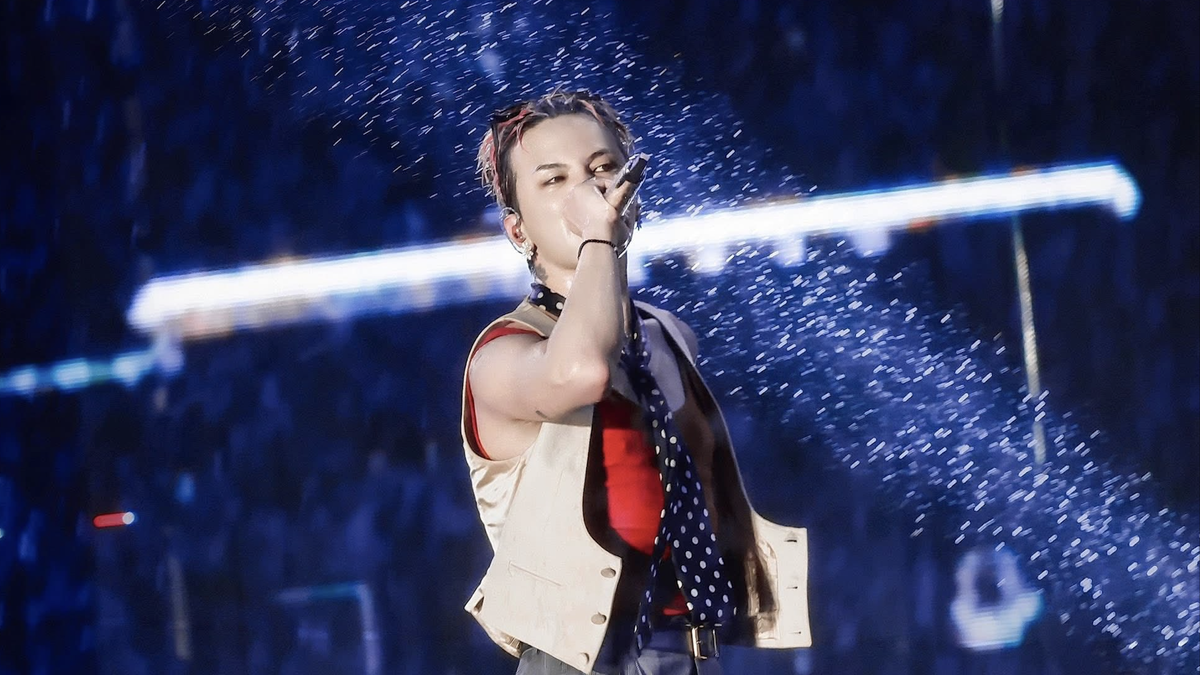
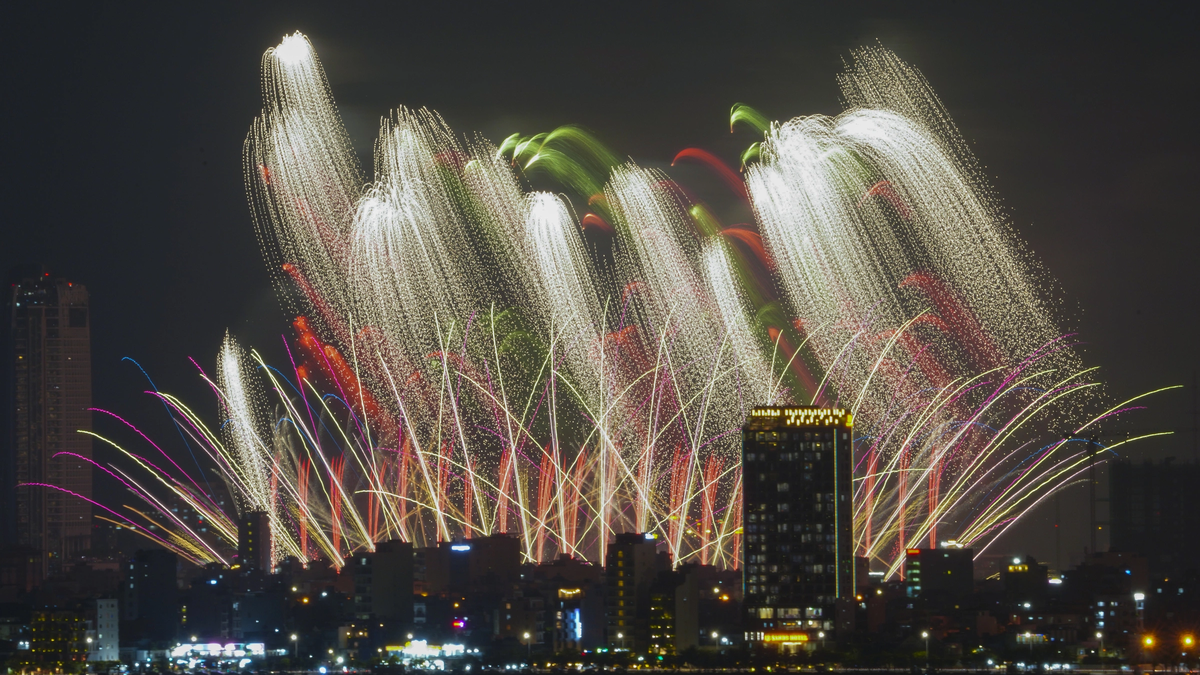
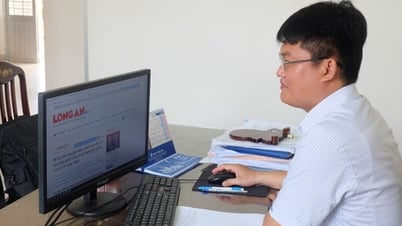

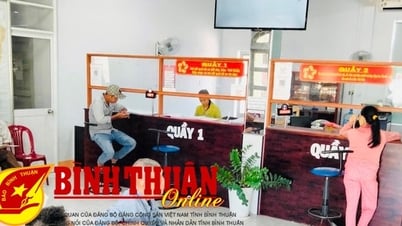



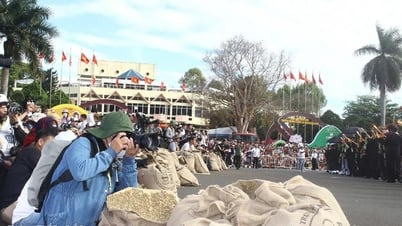



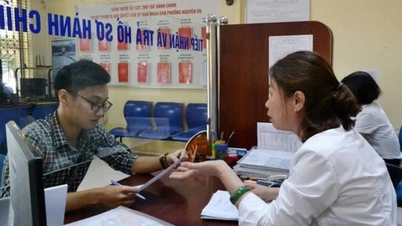




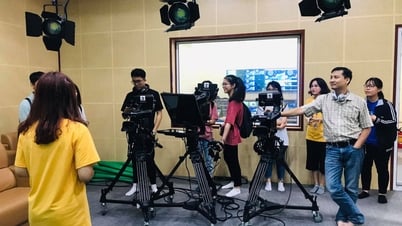
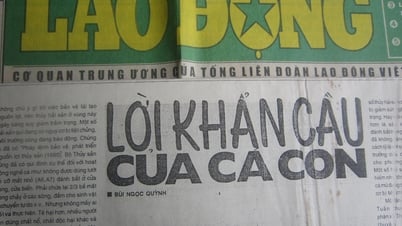

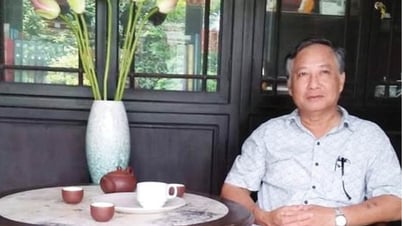
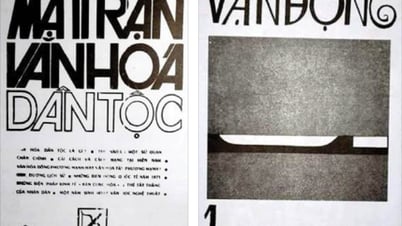













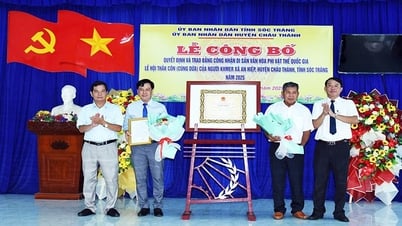


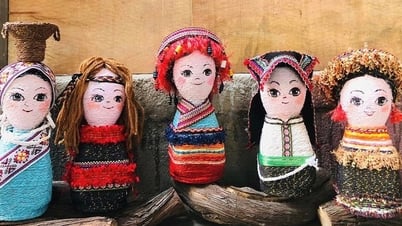
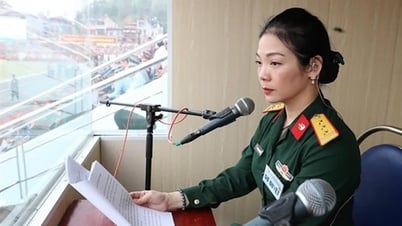





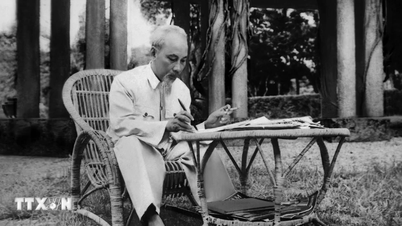






![[Maritime News] Wan Hai Lines invests $150 million to buy 48,000 containers](https://vphoto.vietnam.vn/thumb/402x226/vietnam/resource/IMAGE/2025/6/20/c945a62aff624b4bb5c25e67e9bcc1cb)









![[Infographic] Party Committee of the Ministry of Culture, Sports and Tourism: Marks of the 2020 - 2025 term](https://vphoto.vietnam.vn/thumb/402x226/vietnam/resource/IMAGE/2025/6/22/058c9f95a9a54fcab13153cddc34435e)



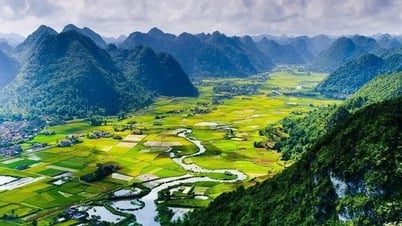



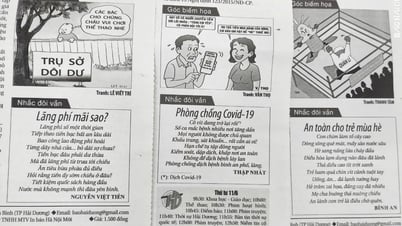




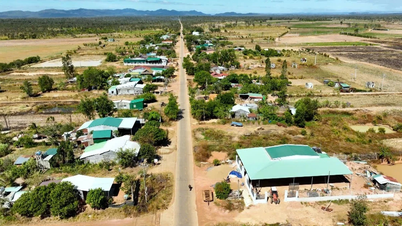


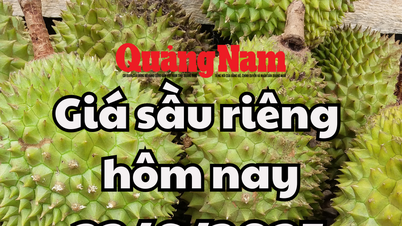










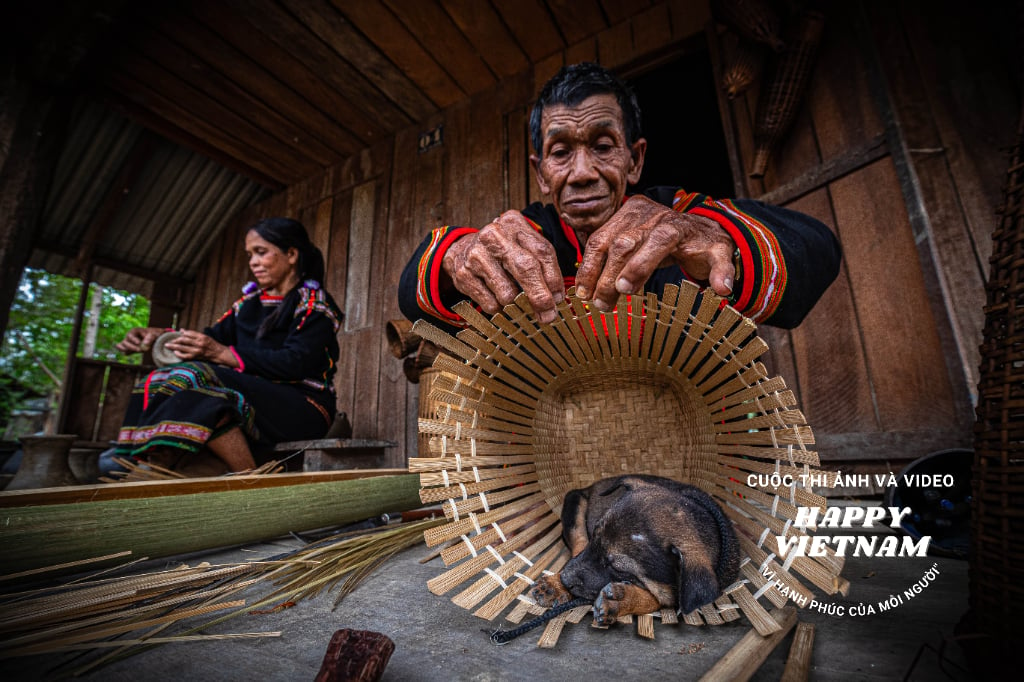
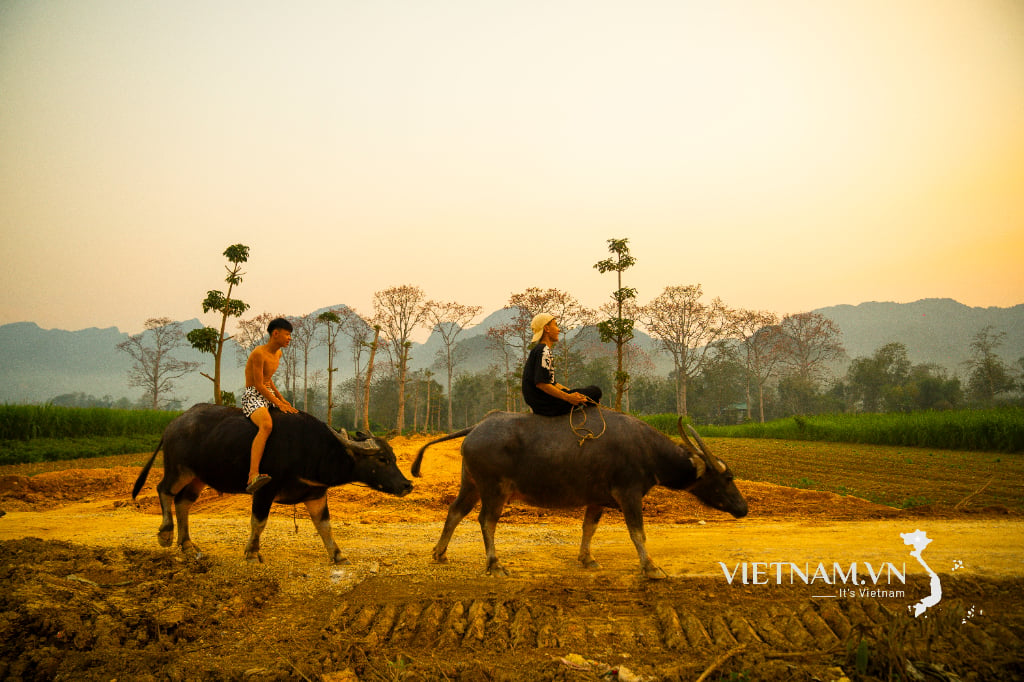
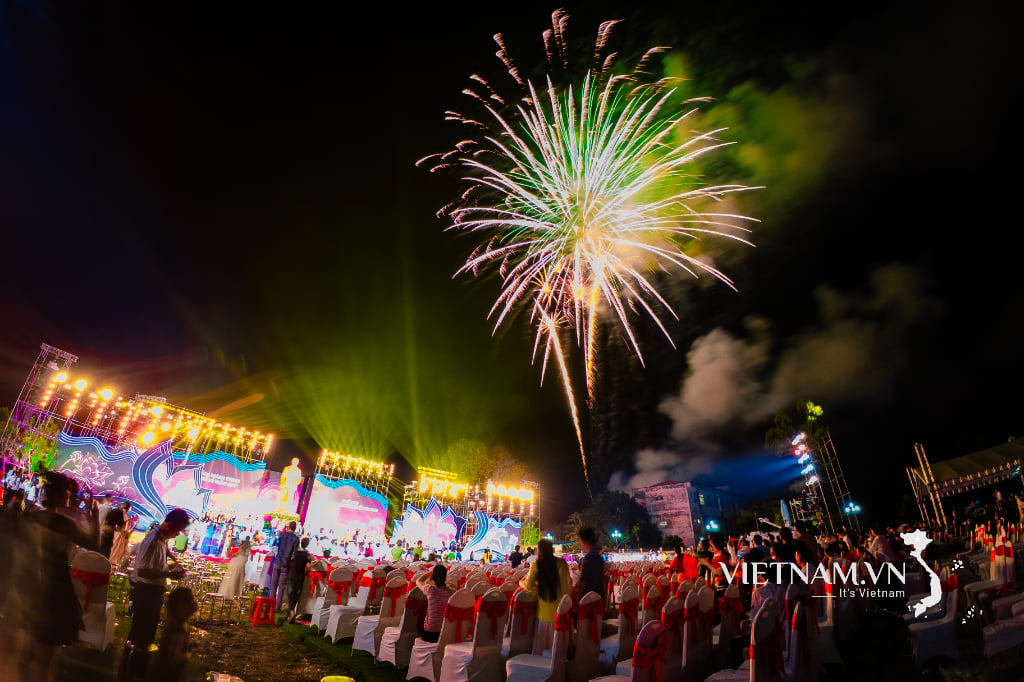

Comment (0)